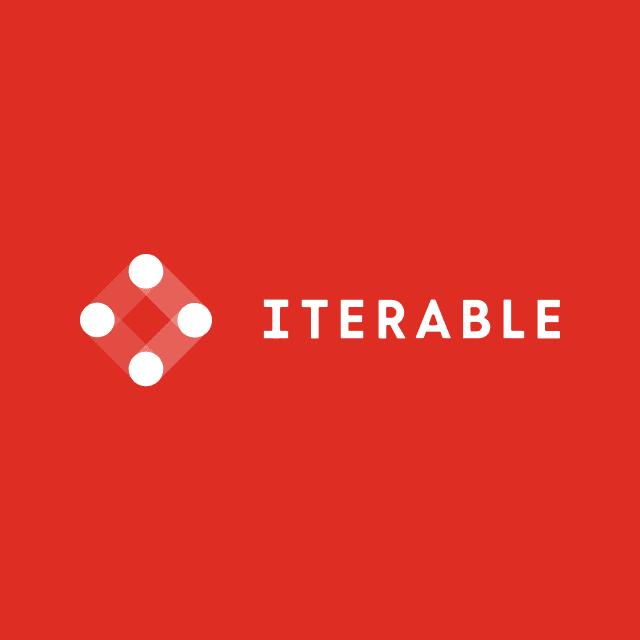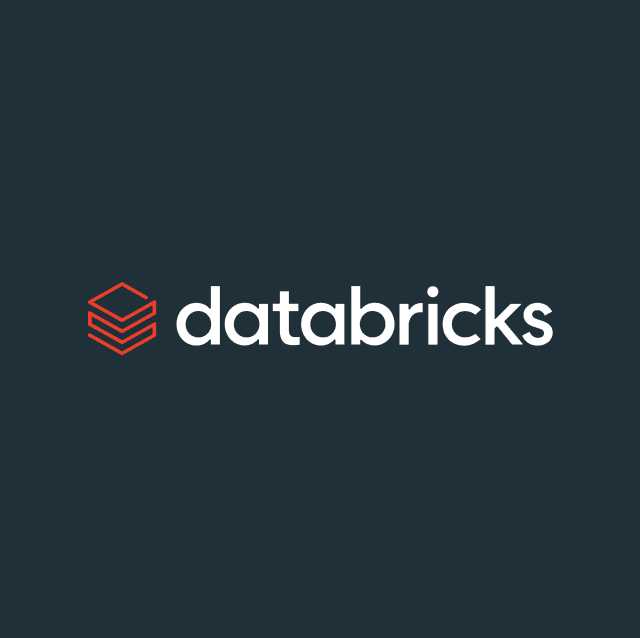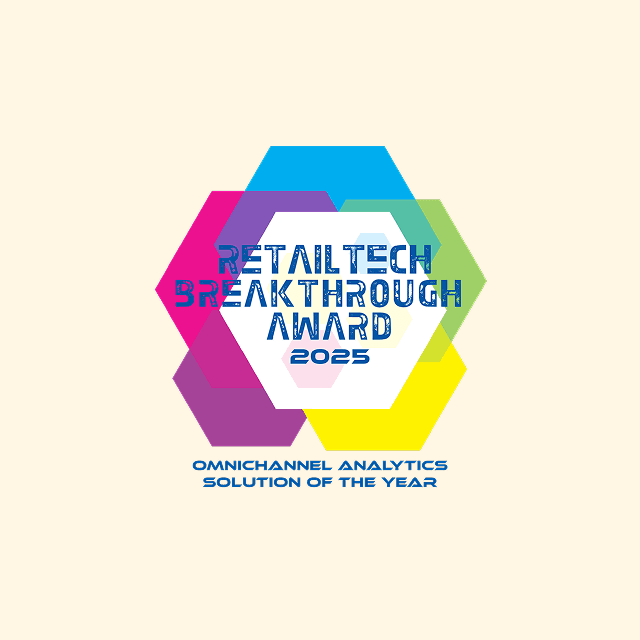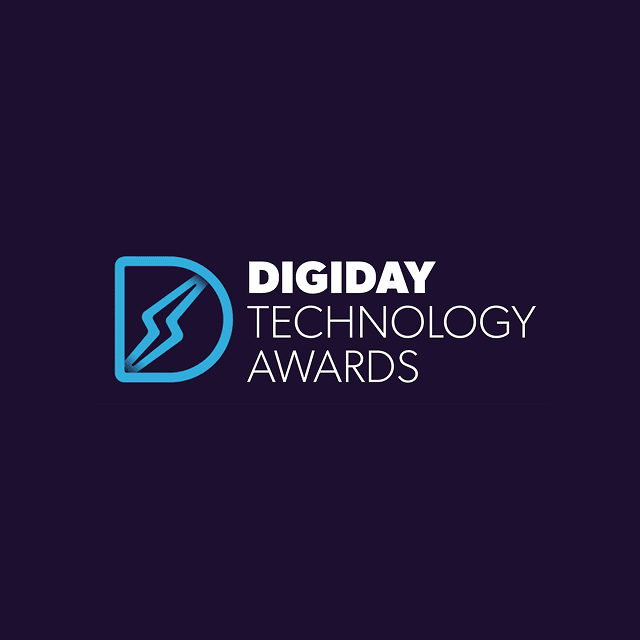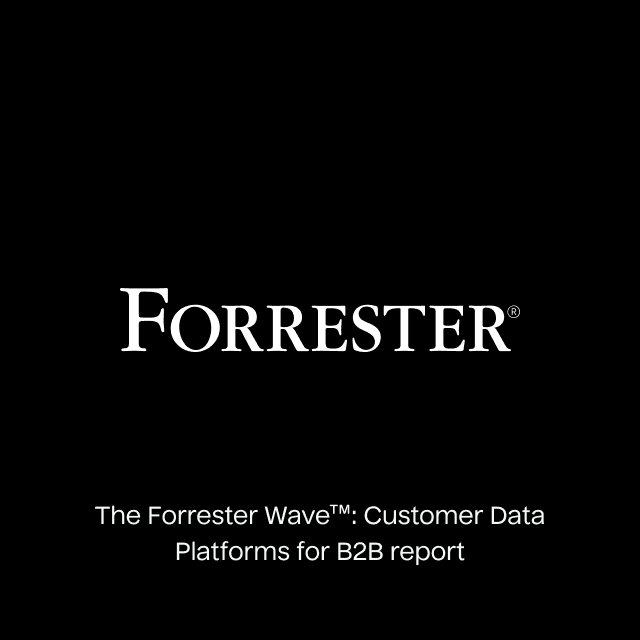From generational companies like Slack or Datadog to fast growing startups everywhere, usage-based billing has emerged as the most popular way to link growth in customer value delivery to growing revenue for the business. 45% of SaaS companies have adopted it and 78% are predicted to use it or test it by the end of 2023 (Openview Partners). This pricing model has revolutionized the financial relationship between companies and their customers for the better, but that revolution has come at a cost (no pun intended).
The Hidden Tax of Usage-Based Billing
At nearly every one of these companies, there is a massive and hidden cost associated with the adoption of usage-based billing that has gone widely unacknowledged. This approach to billing requires an organization to somehow link feeds of usage data produced from constantly changing software applications, reconcile them to pricing plans and billing schemes that are in perpetual flux, and then publish them transparently to the customer while transferring the data seamlessly into a combination of financial systems that were never built for a usage-based model.
Oh yeah, and they can never ever be wrong. Revenue, compliance, and customer trust are at stake.
This high-stakes mess has led to the rise of large internal back office and engineering teams tasked with the endless toil of tracking usage, metering it, reporting on it, reconciling it, certifying it, and invoicing based on it. And for those teams, well no matter how customer-friendly it is…usage-based billing is kind of a nightmare. Or at least it was until today.
Write Once, Use Anywhere: A New Approach to Automated Billing
At Hightouch, we believe that the data warehouse is fundamentally transforming all business systems for the better. We call the trend “Write Once, Use Anywhere” and we think that billing in the software industry is no exception.
Using a warehouse-centric approach with Hightouch, finance and product teams can now sync their SaaS product usage data directly from their data warehouse to invoice management tools like NetSuite and Stripe, transactional databases like Postgres, messaging platforms like Slack, and CRMs like Salesforce with just SQL.
The power and flexibility of the warehouse plus Hightouch means that what used to take entire teams of software engineers months, can now be done in hours by finance and data professionals with no compromise in speed, accuracy, or quality. Equipped with this data, organizations can generate invoices automatically with correct usage data, send consistent billing information to customers, audit any transactions or changes made to business logic, and create go-to-market strategies based on usage and billing data.
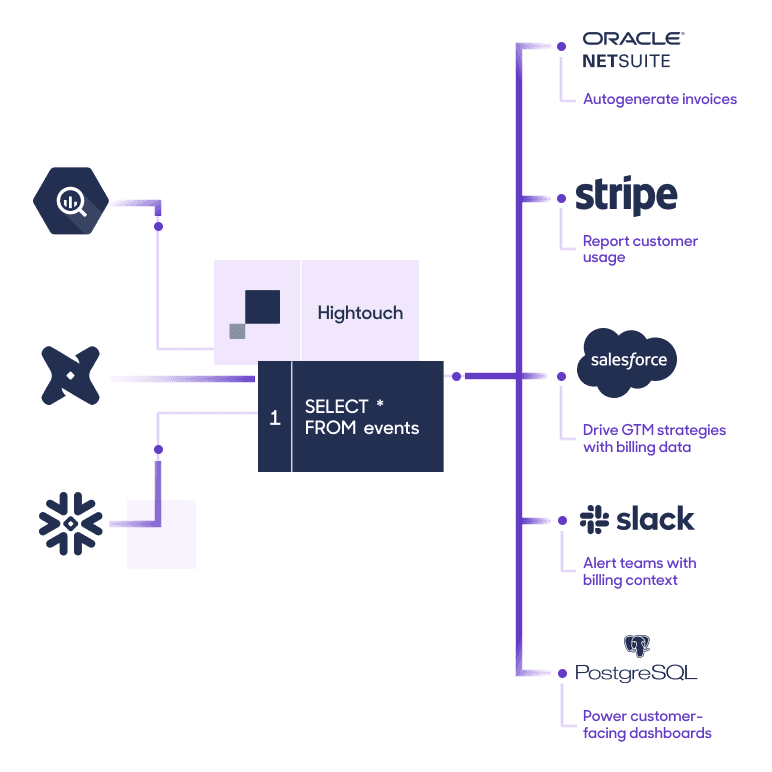
Where Traditional Billing Systems Fall Short
Metering usage and billing end users correctly can be daunting for customers with usage-based pricing since most legacy subscription tools are too brittle to work for consumption-based pricing. To address this, many organizations rely on custom scripts and outsized engineering resources to build their billing infrastructure, requiring months—if not years—to complete.
Building out these billing systems in-house can quickly expand the scope of work as finance teams need to address the following:
- Accurate metering and aggregation
- Consistent source of truth across applications
- Auditability and access controls
- Flexibility to deal with unique business models, credits, discounts, new pricing, etc.
So, how can organizations flexibly implement the business models that work best for them while accurately and compliantly billing customers?
We believe a warehouse-centric solution is the best approach to address the challenges of implementing usage-based billing.
Engineering resources
Implementing a usage-based billing system has considerable benefits for companies, but historically it has involved orchestrating entire billing teams. Setting up usage-based billing meant significant engineering resources required to build complex and scalable pipelines from the ground up using custom event tracking and legacy data infrastructure tools.
Algolia saw great success in switching from flat-rate pricing to usage-based billing. But as Bernadette Nixon, Algolia’s CEO, explained to VentureBeat, “It looks easy on paper — however, it’s a challenge to bring the automation and transparency to a customer, so they can easily understand. If you are looking to adopt a usage-based pricing model, you have to build it from the ground up…and it takes a lot of engineering and investment to do it the right way.”
Fortunately, now with Hightouch, it has never been easier to implement a usage-based billing system simply by leveraging the power of the data warehouse.
Accuracy
Accuracy is critical for billing systems. Undercounting usage leads to missed revenue, and overcounting usage destroys all customer trust. We spoke with a company that charged users based on the number of properties hosted on their site. The company used a usage-based metering platform that would increment and decrement their usage each time a property was added or removed. At the end of each billing cycle, the company would reconcile this out-of-the-box counter with the number of properties maintained in their own database–unfortunately, there would almost always be a discrepancy.
This was a recurring narrative across many billing teams. Creating a separate source of truth for billing often resulted in reconciliation work. Instead, by leveraging the data warehouse as the source of truth for billing, organizations can ensure that usage and billing data are up-to-date and consistent across all platforms.
Flexibility
As businesses evolve, existing pricing strategies will change and new products will be added. Without a flexible architecture, teams of engineers will always be needed to add new product SKUs or update pricing.
A data warehouse provides unlimited flexibility, enabling data and finance teams to launch and experiment with pricing without dependencies on engineers. Rather than writing custom code or being constrained by out-of-the-box interfaces, finance and data teams can create and update their billable metrics using just SQL.
A warehouse-centric approach provides the ideal infrastructure to flexibly iterate pricing plans. Since event data is persisted in the warehouse, teams can iterate on pricing by backtesting new pricing models on historical data.
Scalability
When building out usage-based billing infrastructure, most teams underestimate how quickly their businesses will grow. Teams then start to drop events, resulting in lost revenue, because they struggle to handle the increased data volumes.
Cloud data warehouses, however, are inherently elastic and scalable.
As volume grows, so does the complexity, scope, and need to send billing metrics to various platforms. When usage overages occur across multiple product lines or customer domains, new invoices will need to be generated, teams will want to be alerted, and customers must be informed. With Hightouch’s catalog of 250+ destinations, teams can pass data to any system they need, so they can scale their pricing model effectively and quickly.
Activate your Warehouse to Implement a Billing System in Minutes
With Hightouch, customers now have a seamless way to implement consumption-based pricing in minutes instead of months of engineering work—and to do so with the assurance that those customer invoices reflect the most accurate and up-to-date usage data.
Using just SQL, automatically sync product usage data you already track in your warehouse into
- Stripe or NetSuite to generate invoices,
- transactional databases to power your customers’ dashboards,
- Slack to alert your teams, and
- Salesforce to inform your go-to-market strategies.
By leveraging usage data directly from your warehouse to automate billing, teams can:
- Meter and aggregate usage data with just SQL
- Generate invoices with accurate usage data in Stripe or NetSuite
- Send consistent billing information to dashboards, Slack, and Salesforce
- Make auditable updates to business models
- Initiate discounts or credits in Stripe or NetSuite
- and much more!
With Hightouch’s easy-to-use user interface, robust integrations, granular permissions, and audit logs, users can seamlessly implement a compliant, secure billing system in minutes, saving headaches and engineering resources.
“Without Hightough, we would have had to use valuable engineering time to set up custom endpoints to create financial records. Thanks to Hightouch, we were able to automate sales order and utility rebate invoice creation in under 30 minutes, and our accounting team has a few extra hours each week to focus on value-added work.”

James Ayoub
Data Platform Lead at Dandelion Energy
How It Works
You can get started in five easy steps.
- Add your data warehouse to Hightouch as a source.
- Once you have your warehouse as a source, navigate to the Models tab to create a query to aggregate your usage quantity.
- Then navigate to the Syncs tab to select the billing destination to which you want to sync your aggregated product usage data.
- Once published, your aggregated product usage data will sync to your billing destinations, creating a new invoice or updating the number of services or items. This will allow you to generate invoices based on the latest aggregation of usage.
- You can sync the same aggregated product usage data model to Postgres, Slack, and Salesforce to increase visibility for customers and teammates.

Invoicing example
Check out our playbook on implementing usage-based billing for more details.
Get Started
Learn more about using Hightouch for usage-based billing here or book a demo with one of our experts.






